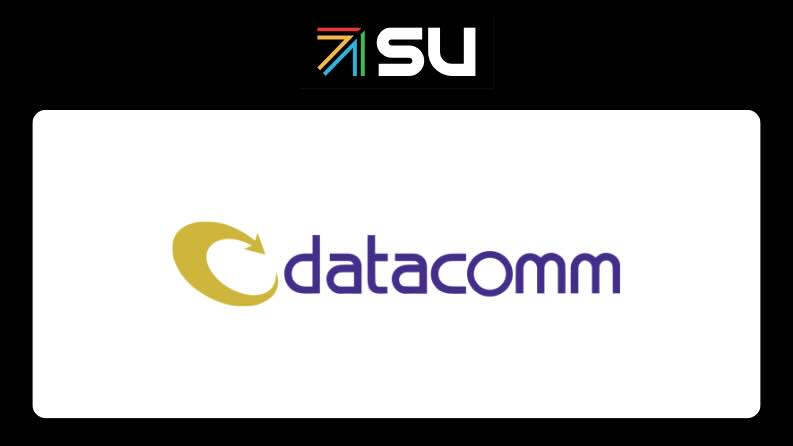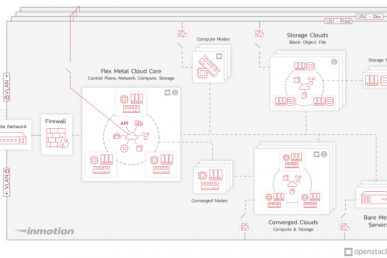What year did your organization launch its first OpenStack deployment?
2017
How has OpenStack transformed your organization?
Binario Cloud exists because of OpenStack. Our initial team worked with open source computing projects by deploying a cloud to the University of São Paulo and when we decided to become a company that builds a cloud, OpenStack was our first option.
We started the lab in 2016 and in 2017 we had our hyper converged environment up and running, supporting a single client. We learned great lessons from this environment and at the end of 2018, we launched our first public cloud offering. In this version, we still kept the concept of hyper convergence and we didn’t implement tiers or limits for flavors or discs. In this environment, we reach about 80 domains, with more than 120 projects.
After learning several lessons in 2019, we allocated energy to build a new version of the cloud offering, making the environment more resilient, scalable and performant. We also developed accessory tools such as the administration center, billing, access controls, single sign-on and many others. In January 2020 the new version went live, we migrated all 120 projects and conquered more than a hundred projects. During this period, we implemented two large private cloud projects for government agencies such as the federal government of Panama and the Legislative Assembly of the State of Rio de Janeiro.
We are currently a company with more than 90% of its earnings made up of recurring revenue from the delivery of infrastructure-as-a-service (IaaS). We support more than 200 domains, and 300 projects in our public cloud, with a team of 60 professionals in architecture, implementation, products, design and business.
Our offer adds value to the market by delivering performance, SLA, as well as services that guarantee a secure journey to the cloud, at a considerably lower cost than conventional cloud players.
What workloads are you running on OpenStack?
As of right now, at Binario Cloud, 99% of the time we work with IaaS, supporting hundreds of projects with a variety of workloads ranging from:
- Storage usage
- Backup
- Backup tools
- ERP’s
- Databases
- Web servers
- Clients that run 100% on our cloud
We are always looking for innovations so we are currently focused on implementing FaaS and PaaS on our platform, mainly through Murano. We are also looking for open source tools with OpenStack integration, looking to bring a new niche of companies to our cloud.
Our public cloud platform currently uses the Ussuri version of OpenStack and the following modules:
- Cinder 16.2.0
- Glance 20.0.1
- Nova 21.2.4
- Keystone 17.0.0
- Barbican 10.0.0
- Trove 13.0.0
- Swift v1.0
- Manila 10.0.1
- Heat 14.0.0
- Murano 9.0.0
- Placement
- Octavia
- Magnum
- Neutron
- Horizon
In addition to the public cloud, Binario Cloud also works with the construction and support of private clouds, where we have two successful cases with the implementation of OpenStack for the environment of ALERJ (Legislative Assembly of Rio de Janeiro), which is built on top of a hyper converged environment and working with the Victoria version of OpenStack. We also have the deployment of OpenStack for the Government of Panama, where our team analyzed and architected an environment that could sustain the entire government, implemented in 2019 with the Ussuri version of OpenStack.
What is the scale of your OpenStack environment?
We currently have one region, with two zones, and we are expanding into a new region. Today we have 36TB of RAM 17128 vCPUS, 1PB of block storage and 360TB of object storage.
What other open source technologies are integrated with your OpenStack environment?
We’ve developed several automations using Terraform and Ansible, including automated deployment of OpenStack, domains and projects, including building virtual machines (VMs), networks and volumes from checkout done through our calculator.
We also developed the entire observability system for the OpenStack environment on top of Prometheus, Thanos and Grafana. And we put our developments on Jenkins staves, as well as an internal GitLab repository.
We also have a basic environment monitoring layer through Zabbix.
We developed some SaaS products on Murano, where we use Docker, Java, Python, Kubernetes, to automatically generate the Jenkins product, Observability, VPN and IOT integration system.
Share your own use case by filling out the OpenStack User Survey!
- Meet OpenInfra Europe Advisory Board Member: Kurt Garloff - December 21, 2023
- NVIDIA’s Journey with Kata Containers and Confidential Computing | OpenInfra Live Recap - December 18, 2023
- Large Scale Ops Deep Dive: Samsung SDS | OpenInfra Live Recap - December 14, 2023

)










